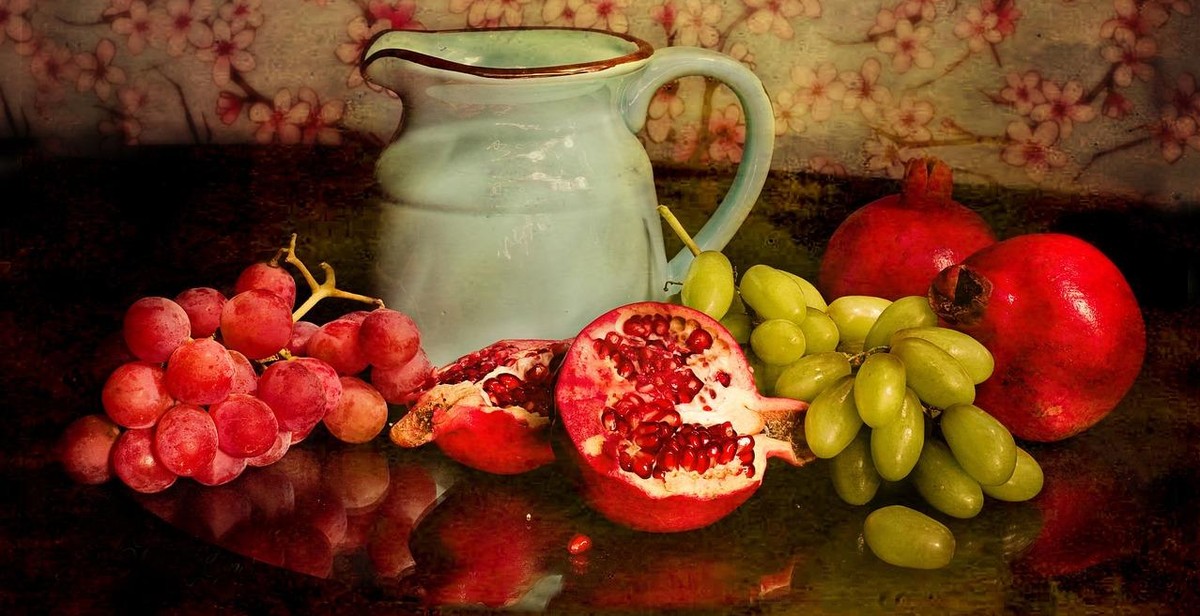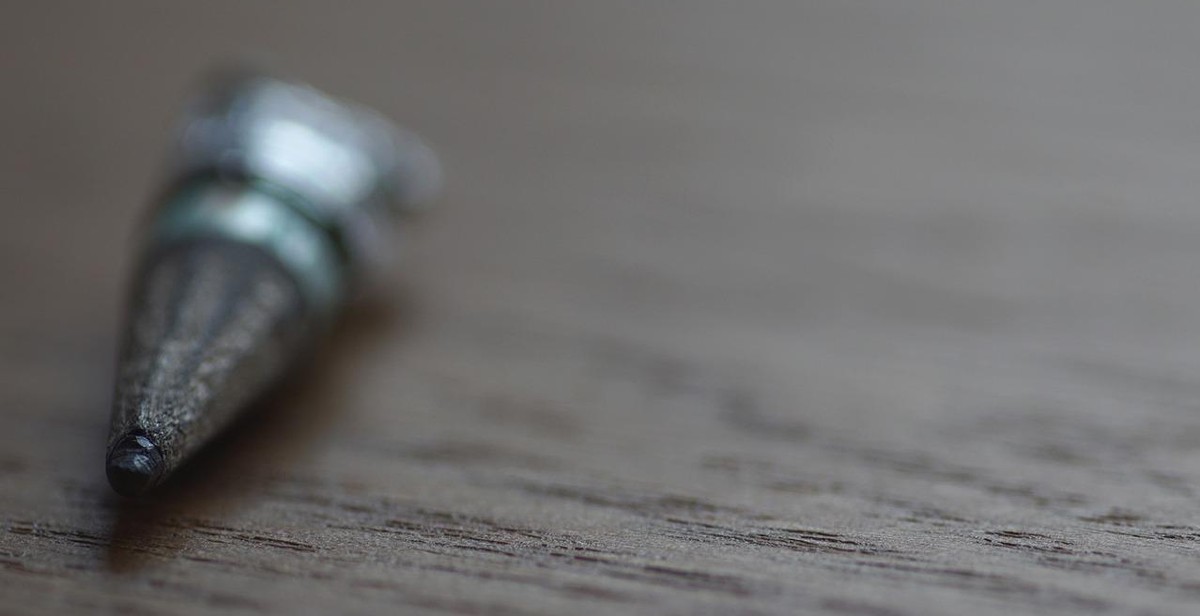How to Create a Still Life Painting: Composition, Lighting, and Arrangement Tips
If you are an artist who loves to paint, then still life painting is probably one of your favorites. Still life painting is the art of painting inanimate objects arranged in a specific manner. It is a great way to hone your skills in composition, lighting, and arrangement. However, creating a still life painting is not as easy as it may seem. It requires a lot of attention to detail and patience.
Composition
The composition is one of the most important aspects of still life painting. It is the arrangement of the objects in the painting that creates a sense of balance and harmony. A well-composed painting will draw the viewer’s attention to the focal point of the painting.
Lighting
Lighting is another crucial aspect of still life painting. It can be used to create a sense of mood and atmosphere in the painting. The way the light falls on the objects can also create shadows and highlights that add depth and dimension to the painting.
Arrangement
The arrangement of the objects in the painting is also essential. It can be used to create a sense of movement and flow in the painting. The objects should be arranged in a way that leads the viewer’s eye around the painting and towards the focal point.
In this article, I will share some tips and techniques on how to create a still life painting that is well-composed, well-lit, and well-arranged. I will draw from my personal experience as a professional artist and content creator to provide you with practical advice that you can use to improve your still life painting skills.

What is Still Life Painting?
Still life painting is an art form that involves creating a composition of inanimate objects, such as fruits, flowers, household items, and other everyday objects. The purpose of still life painting is to capture the essence of the objects and create a visually appealing arrangement that evokes emotion and tells a story.
Still life painting has been a popular art form for centuries, with notable artists such as Vincent van Gogh, Paul Cézanne, and Henri Matisse creating some of the most iconic still life paintings in history.
One of the unique aspects of still life painting is the amount of control the artist has over the composition. Unlike landscapes or portraits, still life painting allows the artist to arrange the objects in any way they choose, controlling the lighting, perspective, and overall mood of the painting.
Whether you are a seasoned artist or just starting, still life painting is an excellent way to develop your skills and experiment with different techniques and styles.

Materials Needed
Creating a still life painting requires some basic materials that will help you achieve the desired results. Here are the essential materials that you need to get started:
Paints
You can use any type of paint for your still life painting, but it’s recommended to use oil or acrylic paints. Oil paints are known for their rich colors and long drying time, while acrylic paints dry quickly and offer versatility in terms of texture and consistency. Choose the type of paint that suits your style and preference.
Brushes
You need a variety of brushes to create different effects and textures in your painting. Choose brushes of different sizes and shapes, including flat, round, and filbert brushes. Natural hair brushes are ideal for oil paints while synthetic brushes are more suitable for acrylics.
Canvas or Paper
You need a surface to paint on, and you can choose between canvas or paper. Canvas is more durable and can withstand multiple layers of paint, while paper is more affordable and easier to work with. Choose the surface that suits your style and budget.
Other Materials
Other materials that you may need include a palette, palette knife, easel, and solvent (for oil paints). These materials can help you mix and apply the paint effectively.
| Materials | Recommended Options |
|---|---|
| Paints | Oil or acrylic paints |
| Brushes | Flat, round, and filbert brushes of different sizes and shapes |
| Canvas or Paper | Canvas or paper, depending on your preference and budget |
| Other Materials | Palette, palette knife, easel, and solvent (for oil paints) |
Choosing Your Subject
When it comes to creating a still life painting, choosing the right subject is crucial. Here are some tips to help you select the perfect objects:
Selecting Objects
Look for objects that have interesting shapes, colors, and textures. You don’t have to limit yourself to traditional still life objects like fruit and flowers. You can also use everyday objects like books, glasses, or even toys. Don’t be afraid to mix and match different objects to create a unique composition.
Consider Your Message
Think about what you want your painting to convey. Are you trying to create a mood or tell a story? The objects you choose can help communicate your message. For example, if you want to create a peaceful mood, you might choose objects with soft, muted colors and gentle curves. If you want to tell a story about a busy kitchen, you might choose objects like a cutting board, knife, and vegetables.
Remember, the objects you choose will be the foundation of your painting, so take your time and choose wisely.
- Look for objects with interesting shapes, colors, and textures
- Don’t limit yourself to traditional still life objects
- Mix and match different objects to create a unique composition
- Consider what you want your painting to convey
- Choose objects that help communicate your message
Composition Tips
Rule of Thirds
The rule of thirds is a fundamental principle of composition in still life painting. Imagine dividing your canvas into thirds both horizontally and vertically, creating nine equal sections. The points where the lines intersect are the most visually interesting and dynamic areas of your painting. Place your focal point or main subject on or near one of these points to create a more balanced and visually appealing composition.
Balancing Elements
When creating a still life painting, it’s important to balance the visual weight of each element in your composition. This can be achieved by distributing the elements evenly throughout the canvas and adjusting their size and placement to create a sense of harmony. If one element is too dominant, it can throw off the balance of the entire painting.
Negative Space
Don’t underestimate the power of negative space in your still life painting. Negative space is the area around your subject and can be just as important as the subject itself. It can create a sense of depth and add visual interest to your composition. Use negative space to balance out the elements in your painting and draw the viewer’s eye to your focal point.
| Composition Tips: | Examples: |
|---|---|
| Use the rule of thirds to place your focal point. |  |
| Balance the visual weight of each element in your composition. |  |
| Utilize negative space to add depth and balance to your painting. |  |
Lighting Techniques
Natural Light
Natural light is a popular choice for still life painting as it provides a soft and natural look to the subject. The best time to paint with natural light is during the early morning or late afternoon when the light is not too harsh. Position your subject near a window, but make sure that the light is not too direct to avoid harsh shadows. You can use a white sheet or curtain to diffuse the light and create a more even illumination. You can also use a reflector to bounce light onto the subject and create more depth and dimension.
Artificial Light
Artificial light is another option for still life painting, especially if you want to create a specific mood or atmosphere. You can use a single light source or multiple lights to create different effects. For example, a single light source can create dramatic shadows and highlights, while multiple lights can provide a more even illumination. You can use a softbox or diffuser to create a softer and more diffused light. You can also use colored gels to add a tint to the light and create a more unique look.
| Lighting Type | Pros | Cons |
|---|---|---|
| Natural Light |
|
|
| Artificial Light |
|
|
Arrangement Tips for Still Life Painting
Foreground and Background
When arranging objects for your still life painting, it’s important to consider the foreground and background. The foreground objects should be placed closer to the viewer and should be larger in size to create a sense of depth. The background objects should be smaller and placed further back to create a sense of distance.
Creating Depth
One way to create depth in your still life painting is to use overlapping objects. This means placing one object partially in front of another. This technique gives the illusion that one object is closer to the viewer than the other, creating depth and dimension in the painting.
Another way to create depth is by using atmospheric perspective. This technique involves making objects in the background lighter, cooler, and less detailed than those in the foreground. This technique mimics the natural way our eyes see objects in the distance and helps create a sense of depth in your painting.
| Tip | Description |
|---|---|
| Foreground and Background | Place larger objects in foreground and smaller objects in the background |
| Creating Depth | Use overlapping objects and atmospheric perspective to create depth and dimension |
Conclusion
Creating a still life painting requires patience, attention to detail, and an eye for composition. By following these tips, you can create a stunning piece of art that captures the essence of your subject matter.
Composition
- Consider the rule of thirds when placing objects in your composition.
- Pay attention to the balance of your composition by varying the size, shape, and color of your objects.
- Use negative space to create a sense of depth and interest in your painting.
Lighting
- Choose a light source that creates strong shadows and highlights.
- Experiment with different lighting angles to create dramatic effects.
- Use reflected light to add depth and dimension to your painting.
Arrangement
- Arrange your objects in a way that tells a story or creates a mood.
- Consider the symbolism of your objects and how they relate to each other.
- Don’t be afraid to experiment with different arrangements until you find the perfect one.
Remember, creating a still life painting is a process that takes time and practice. Don’t be afraid to make mistakes and try new things. With dedication and perseverance, you can create a work of art that is truly unique and beautiful.
